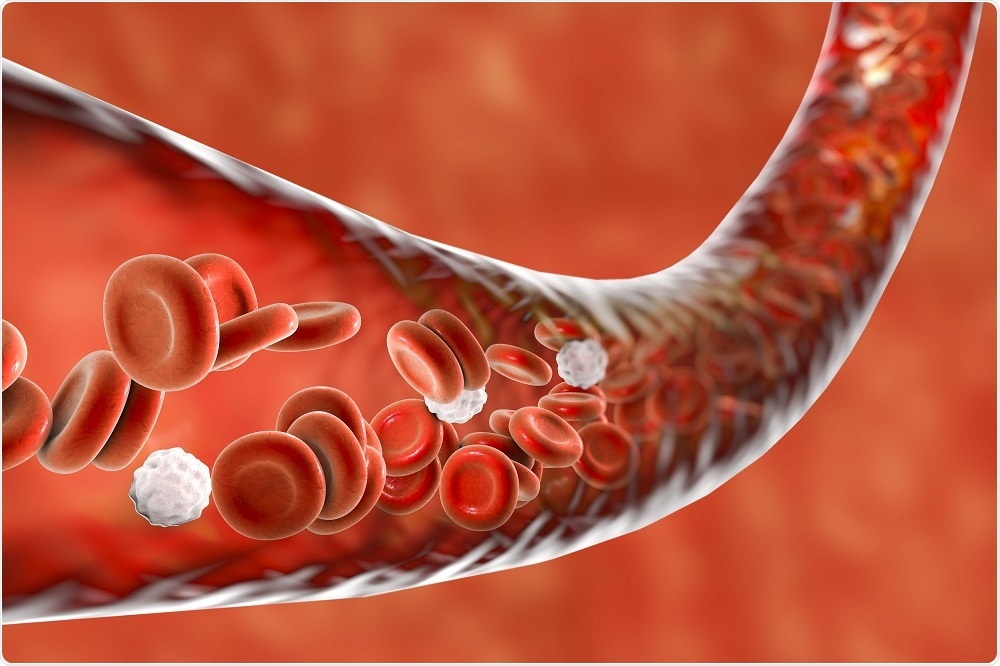A recent study has shown that a relatively inexpensive 3-D-printed model of a patient’s vasculature is as effective as current commercial models for training medical students in interventional radiology vascular access.
 Credit: Katryna Kon/Shutterstock.com
Credit: Katryna Kon/Shutterstock.com
Lead author of the study, Alexander Sheu from Stanford University School of Medicine, says "The current model used to train medical students lacks the ability to replicate a patient's anatomy. Our 3-D-printed model will provide students a more realistic experience, allowing for better preparation before they perform procedures on real patients."
Interventional radiologists often treat patients using minimally invasive procedures that involve inserting a catheter through a major artery under ultrasound guidance to reach blood vessels or internal organs.
The new 3-D-printing technology can reproduce a patient's exact vasculature based on a CT scan and create an ultrasound-compatible vascular access model of a patient’s individual anatomy.
To adapt the 3-D technology to their needs, the researchers used a tissue-mimicking material that could withstand punctures, whilst still feeling realistic.
This tailoring means students can practice with variations in anatomy before encountering them during procedure on a real patient. The researchers say this could help to reduce complication rates.
In a simulation experience developed by Sheu and colleagues, 32 medical students were randomized to use the 3-D-printed model or the commercial model for practising femoral artery access under ultrasound guidance.
Prior to the exercise, 73% of the 3-D group and 76% of the commercial-model group reported a lack of confidence in performing the procedures.
After training, 93% of the 3-D model group and 94% of the commercial-model group reported that the models were easy to use and helpful to practice with. Confidence in performing the procedure also increased by similar amounts between the two groups.
Now that we know that a 3-D-printed model is just as effective at training medical students in this type of procedure, this simulation experience can be made available to even more trainees and potentially improve procedural skills for residents, fellows, and attendees.”
Alexander Sheu, Lead Author